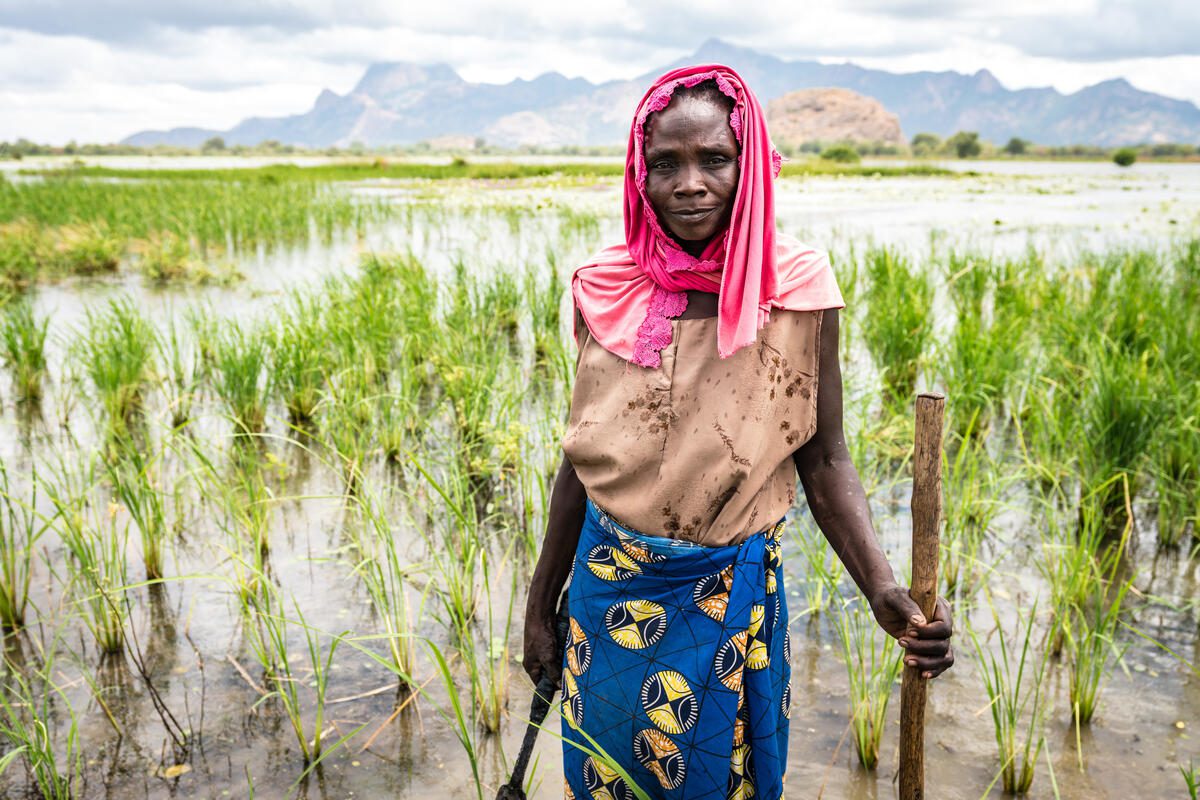Displacement Crisis
Chad is experiencing a new wave of refugees crossing the border following the violent conflict that erupted in neighboring Sudan on April 15, 2023. These new arrivals add to the tens of thousands of Sudanese refugees already sheltering in eastern Chad after fleeing from previous conflicts.
In total, Chad hosts 1.3 million refugees – more than any other country in Africa.
You can make a difference. By understanding issues, learning how to civically engage, and joining the movement to end global hunger for good.
 WFP/Evelyn Fey/2021
WFP/Evelyn Fey/2021










